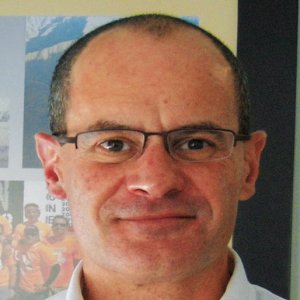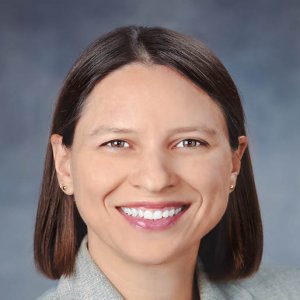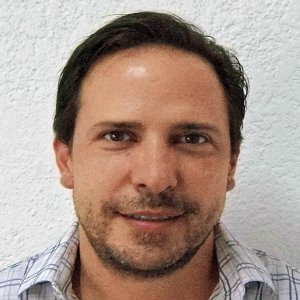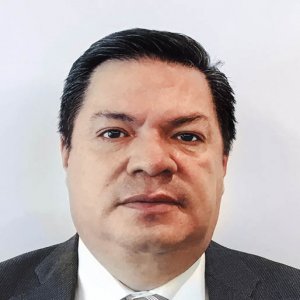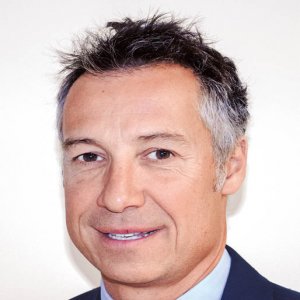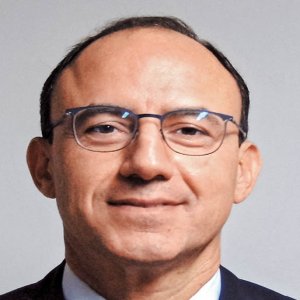Leading the Clinical Research Charge

STORY INLINE POST
Q: How is Infinite Clinical Research (ICR) fulfilling its mission to be an outsourcing leader in the pharmaceutical industry?
A: To meet an objective it is necessary to understand the main requirements of the industry, including regulation. We are continually attentive to possible changes or lines that could be worked on to achieve these updates and improvements. We do this by participating in all the regulatory events held by COFEPRIS and the National Commission of Bioethics and International Commerce in combination with our dayto-day experience in working with the authorities. Any alert is immediately communicated to our clients and we implement it in our processes. Through a corrective and preventive action plan we remodel our activities and strive to always be at the vanguard of what is happening. With the advantage of working hand in hand with ACROM, which participates directly in the revision and elaboration of process guides, we are ready when new laws come into force.
Q: What particular regulation is ICR lobbying to establish or change?
A: It is not that we want to change a point but we want to homogenize regulation and see what processes can be carried out simultaneously. When a research center or country is chosen, companies look at the time elapsed between sending in the first documents and recruiting the first patient. This is what has left Mexico out of the market because we have time frames of over 300 days. Sometimes this is due to the authorities, sometimes ethics committees while other times it could be due to internal processes. The internal processes element is what we need to optimize because we realized that many days are added to processing times due to internal delays. Running things simultaneously will allow us to reduce this.
We are also working with the Ministry of Foreign Affairs to achieve greater flexibility for products brought in and out of the country. At the moment, medicine is brought in on exceptions but it then becomes a struggle to import any supplementary products. We are asking to be able to bring everything in together through the approval service rather than taking out licenses for each one. Samples taken for analysis are another issue because they cannot be brought back into the country because that amounts to importing tissue. Covering all these elements under one umbrella would increase security, productivity and reduce response times.
Q: Regarding pediatric care, in which main therapeutic areas are you concentrating research?
A: In pediatrics, our studies are mostly in vaccines and developmental or growth conditions that require growth hormones. The challenges we face are that the researcher’s profile must be much more focused on the therapeutic area involved, while patients are seen in more specialized institutions and finally there is not much availability of these medicines. Also, children are under the protection of their parents and, because babies and children are fragile, parents do not allow them to participate in research protocols. Our main strategy to convince parents is to explain the benefits of the medicine for the patient. The most important point is to be clear and open, explain that trials are not black and white and highlight the possible downsides in addition to the opportunities. This can make a difference in a patient participating or not.
Q: What are the advantages of performing clinical research in Mexico over other Latin American countries?
A: Mexico has long wait times but not as long as other Latin American countries. In Mexico, in line with FDA rules, if an efficient rescue medicine is available, trials can be held with groups taking placebos. This is not the case in some Latin American countries. The Helsinki Declaration states that a placebo should not be given to patients but that a drug should always be compared to what is available on the market. The downside of this is that researchers will not know the base state of the patient or the efficacy of the product. Researchers will know the percentage of how efficient it is compared to the available treatment but that treatment itself is not 100 percent effective, therefore you may be getting a false positive: believing the product works well but in reality, providing a lesser level of efficacy than that needed by the population. There are cases such as CNS, cancer or high-risk diseases in which it is not possible to give placebos because the patient’s treatment would be unbalanced and their lives would be put in danger.
Another advantage is that doctors here are closer to the information available in the US and are more up to date on what is needed. They are also better informed about new medicines and can thus achieve better results. Central and South America often receive more medicine from Europe, which is closer in terms of flying hours. The work methodology in Europe is different. They work with less time pressure than in the US, which gives them the ability to work with Central and South America’s processing times.
Mexico’s main obstacle was that it did not have access to public hospitals, whereas in 2016 and 2017 an agreement was reached with IMSS and COFEPRIS to open the doors to clinical research. The same will happen with ISSSTE and other public institutions. This dramatically increases our chances of recruiting patients. In 2016, 80 percent of trials were carried out in private institutions. We hope to attract more trials to Mexico, maintaining the amount carried out in the private sector but increasing the amount in the public sector to achieve a 50/50 balance.

Q: COFEPRIS Comissioner Julio Sánchez y Tépoz told MHR he hopes to triple investment in clinical research in Mexico in two years. Is that possible?
A: I agree with his actions. We are working hand in hand with COFEPRIS. One of the problems seen in Mexico was the lack of certitude. For example, when Mexico first implemented certifications, operations and processing times were forgotten and they multiplied, which caused clinical research to move away from Mexico. Before this, the number of trials entering Mexico was extremely high. The commissioner’s vision is progressive because he is looking at facilitating the arrival of trials and not at implementing obstacles, which gives us a great opportunity to support him.
In addition, the links between Mexico City and the other states allow fluid communication. To get to Monterrey takes the same amount of time as getting to the south of Mexico City. By going to other states, clinical research is spread throughout Mexico and capacity is increased although around 60 percent of research takes place in the capital. The following two states are Nuevo Leon and Jalisco and others such as Durango and Chihuahua are beginning to develop their centers and facilities. Mexico has several types of climate: forest, dessert and tropical, which enables the research of tropical and rare diseases, further boosted by our large population and our urban/rural split.
Q: ACROM is still a young association. What have been its greatest challenges and how has it approached its relationship with the authorities?
A: The first challenge was to create ACROM as it involved bringing together companies that were competitors. Finally, the alliance was created and we worked on creating respect between the partners as what benefits one will benefit the other. The hardest challenge has been credibility, having both the industry and the authorities believe in us. We are trying to work with CETIFARMA to certify companies as ethically responsible, which complements the credibility of the association in front of the authorities and the industry. We are interested in them seeing we have no issues in covering ethical issues.
Q: What will your priorities for 2017 be in ICR and in ACROM?
A: ICR has been working hard on developing pharmacovigilance and risk management. One of the points of new norms, a global movement, is the need to create risk management plans. We require much more specialized people than other CROs, this is an opportunity to develop.
The vision of ACROM is to promote that Mexico has credibility, opportunity and could move from being an emerging zone to a country of primary decisions.
